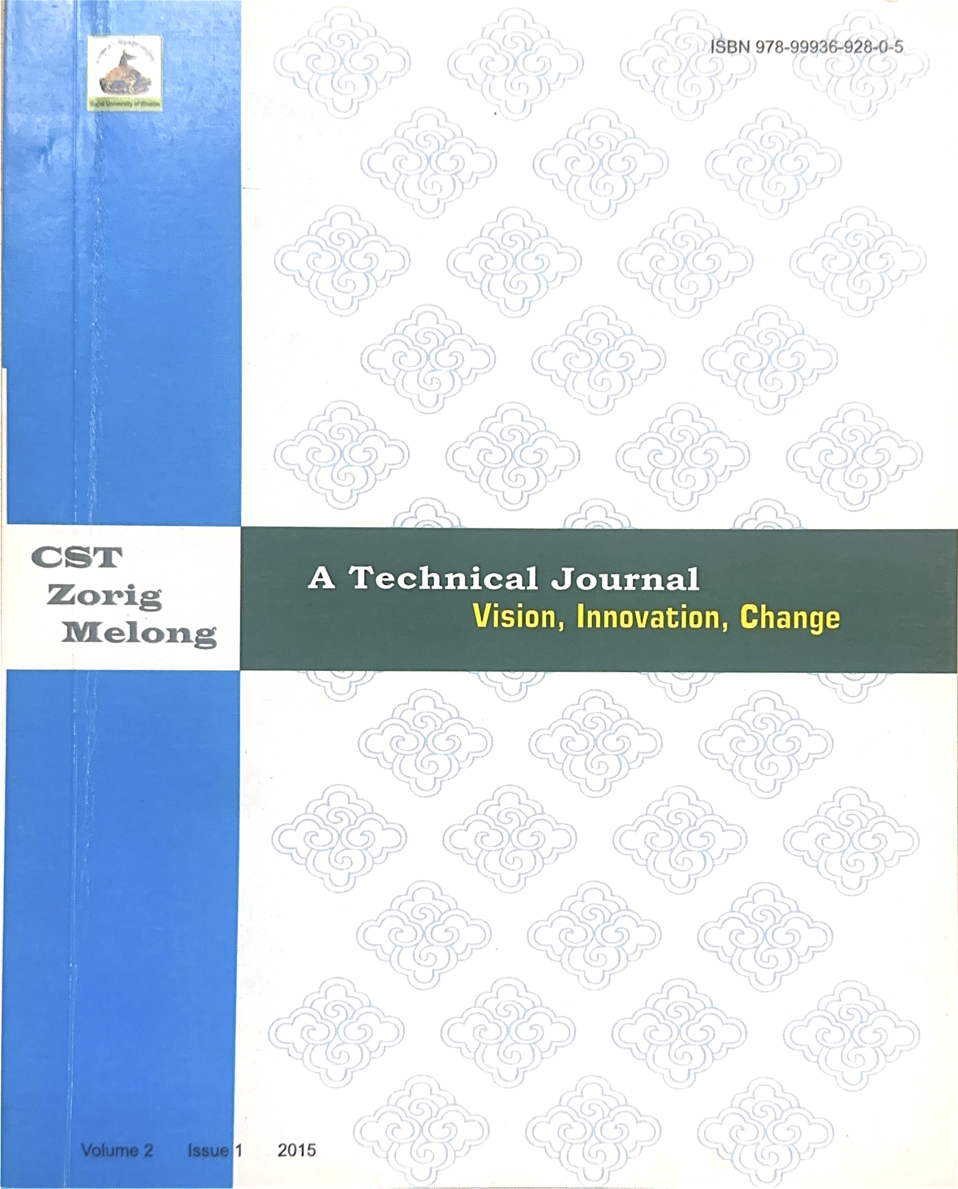Determination of Soil Type and Optimal Moisture Content for Soil Used for Rammed Earth Construction in Bhutan
DOI:
https://doi.org/10.17102/zmv2.i1.002Keywords:
Soil type, Water content, Qualitative-based method, StandardsAbstract
Earth is used for the construction of Rammed Earth Buildings all over Bhutan. This type of construction involves preparing a suitable soil mixture and ramming the soil within wooden shutters. Before proceeding with ramming, it is essential to select the most suitable soil and also determine the optimal moisture content for the soil mixture. The soil type is generally classified based on the context. It is difficult to define generally the standards of a soil for ramming as it varies from place to place. Bhutanese constructors have been relying on qualitative methods for determining the type of soil and setting the water content. The efficiency of the qualitative-based method is subjective and dependent on experience. The specific requirements for the soil used have not been quantified till date.





